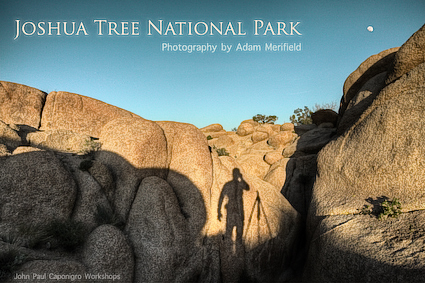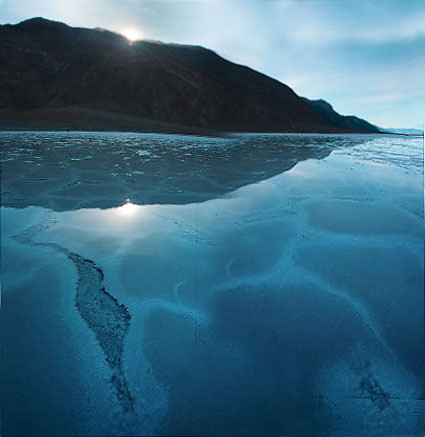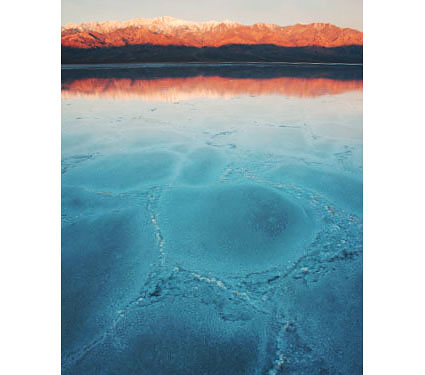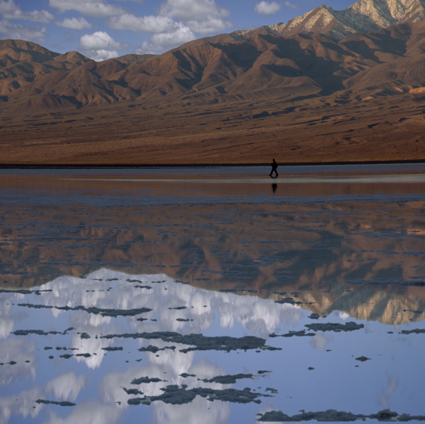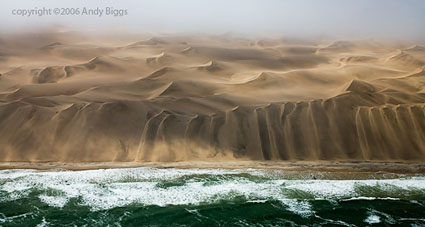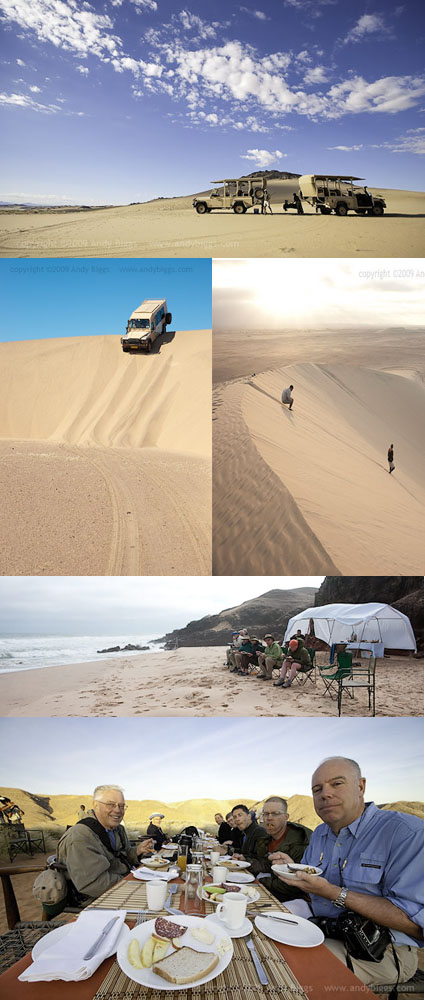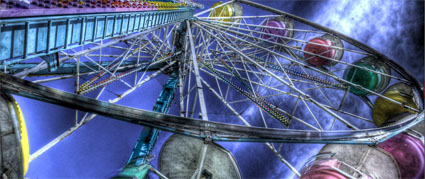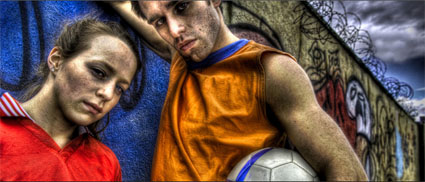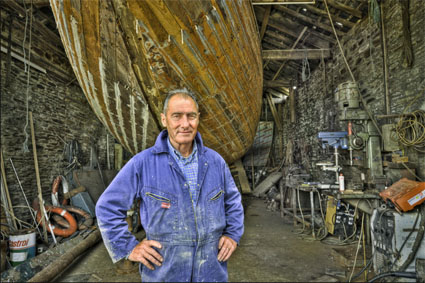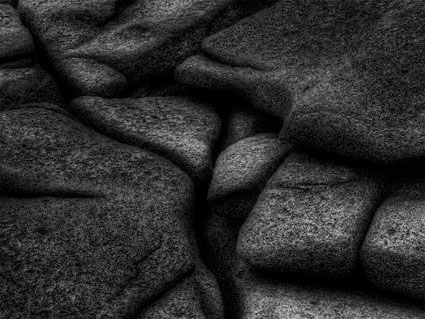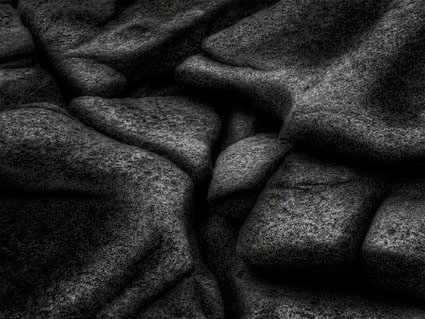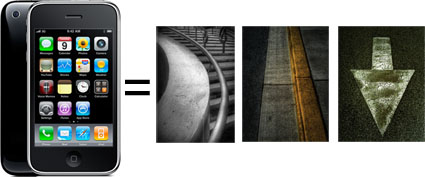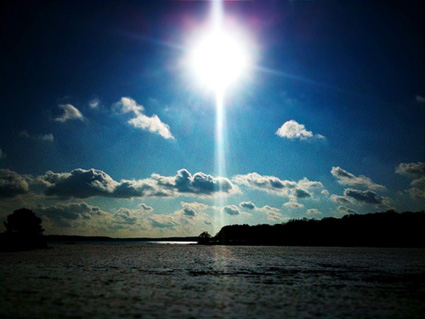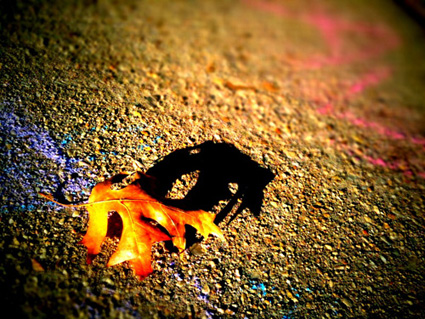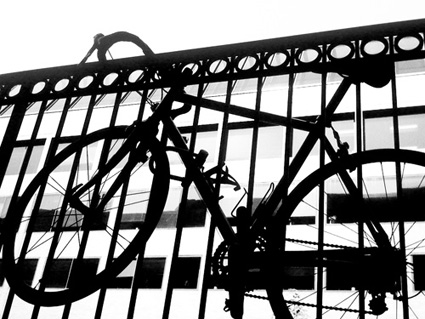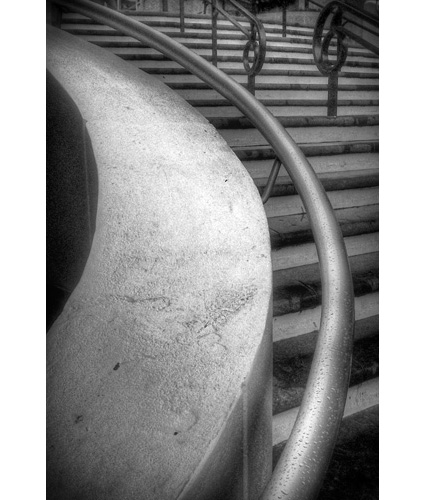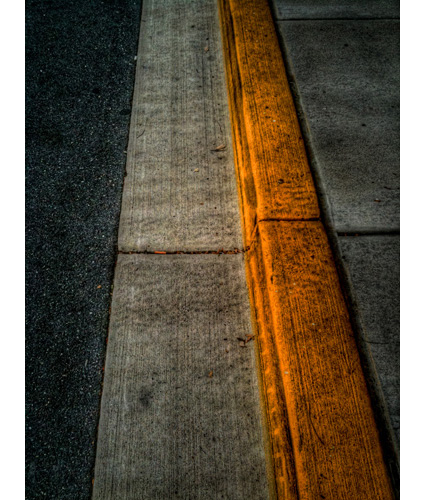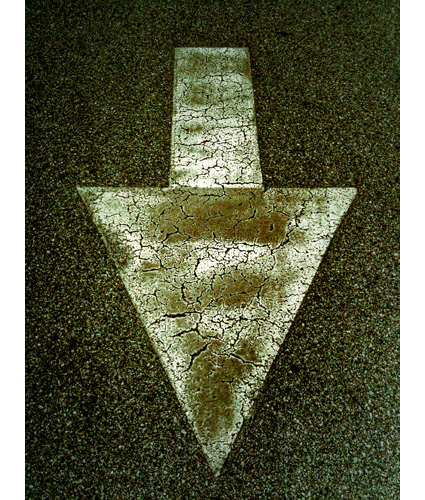
Adam Merifield made the most of our recent workshop in Joshua Tree. He came away with more than a few hero shots and a set of related images to support them.
“Being in Joshua Tree National Park is like walking through the dream scape of a stoned conversation between Salvador Dali & Dr. Seuss. Whimsical, bizarre, barren & curiously impermanent this environment embodies all that is surreal and offers the photographer a unique and challenging environment to explore their creative vision.
John Paul Caponigro’s workshop was an experience I won’t soon forget. It seemed sincerely aimed at forwarding each participant’s goals in photography. Me: I was seeking a spark of inspiration and a new perspective on seeing. JP delivered on both. He offered strategies that really resonated with me; he focused on exploring the final 20 and the nuances of what can be. As a result, I am convinced that many of the best images I captured were of scenes I would have walked right past a week prior.”
Read More
